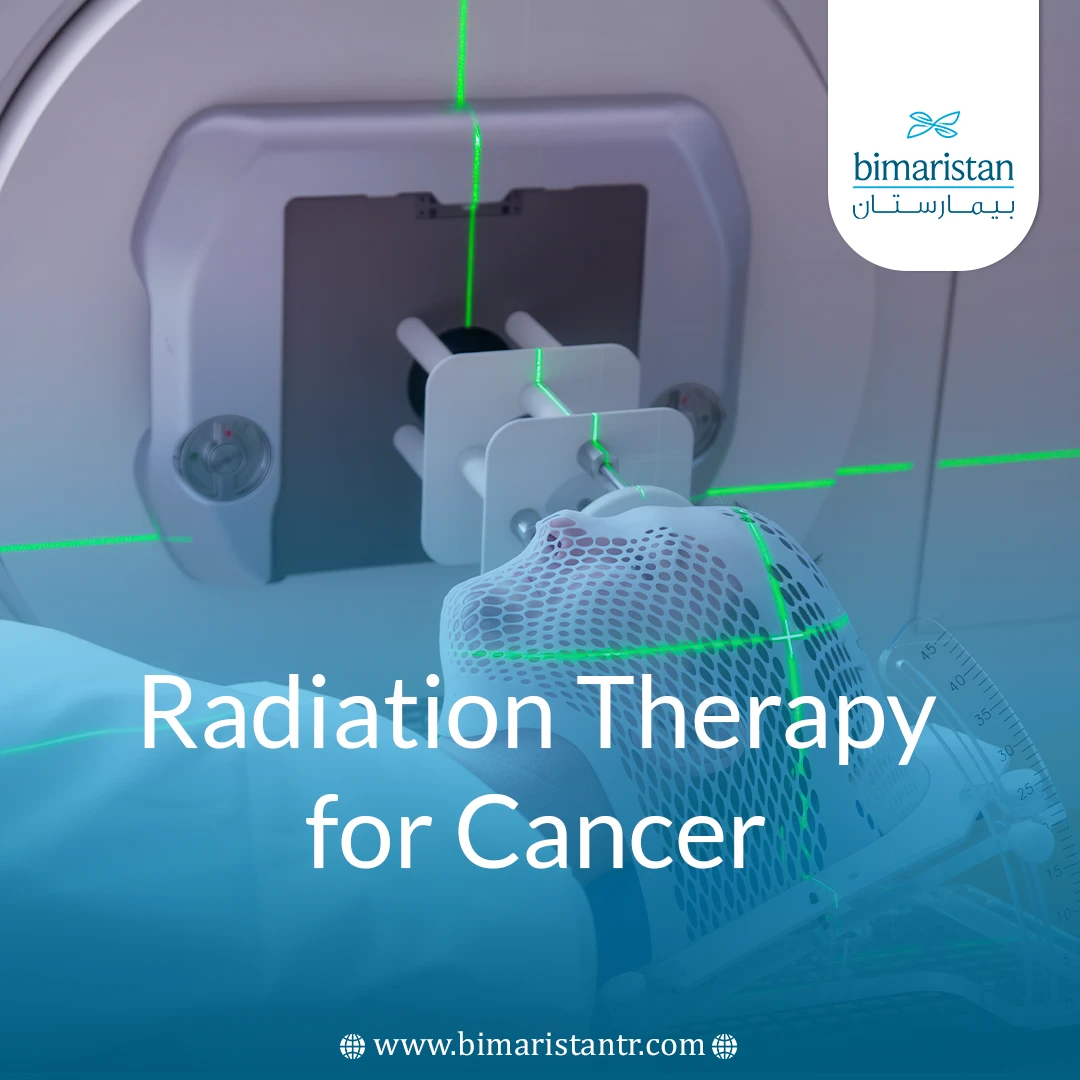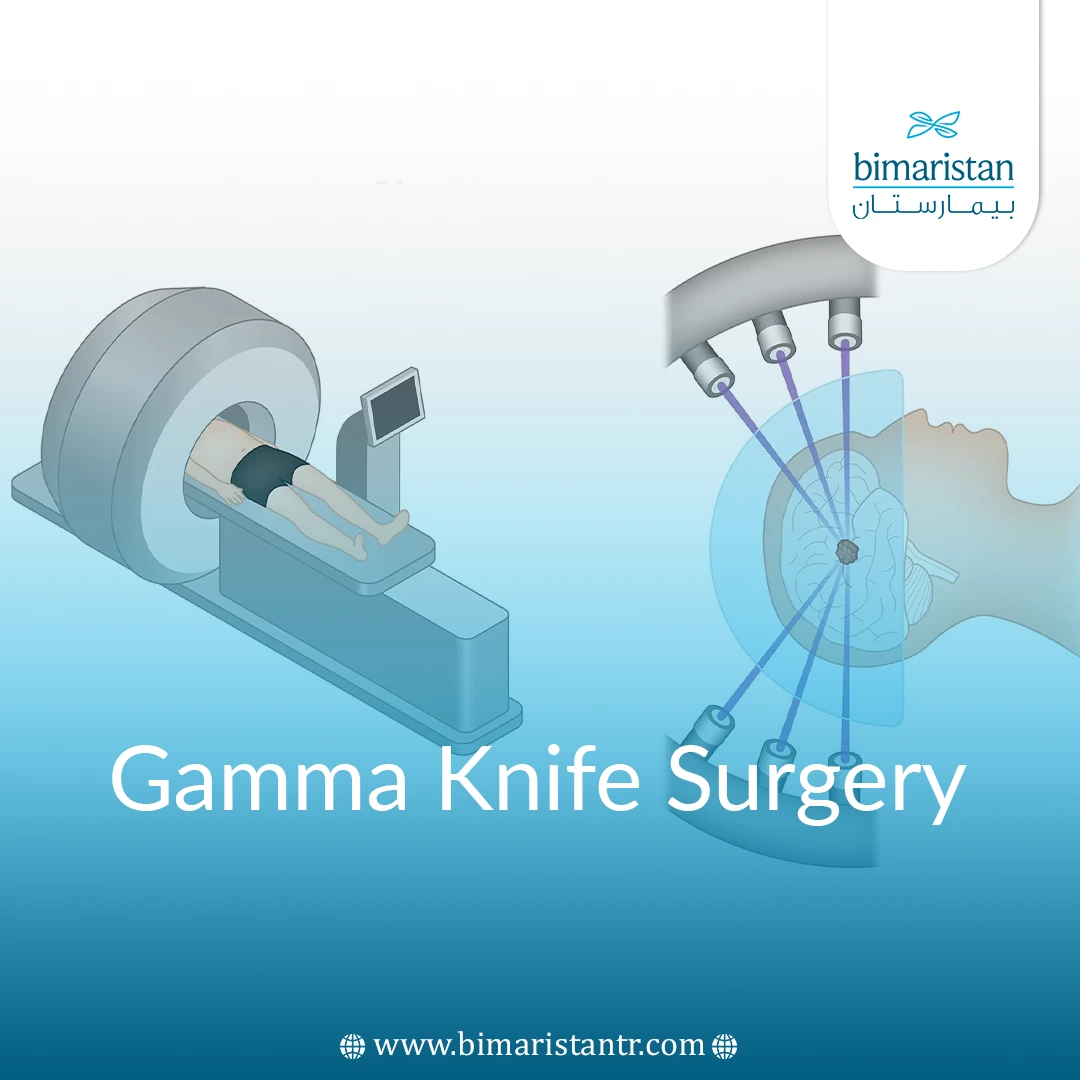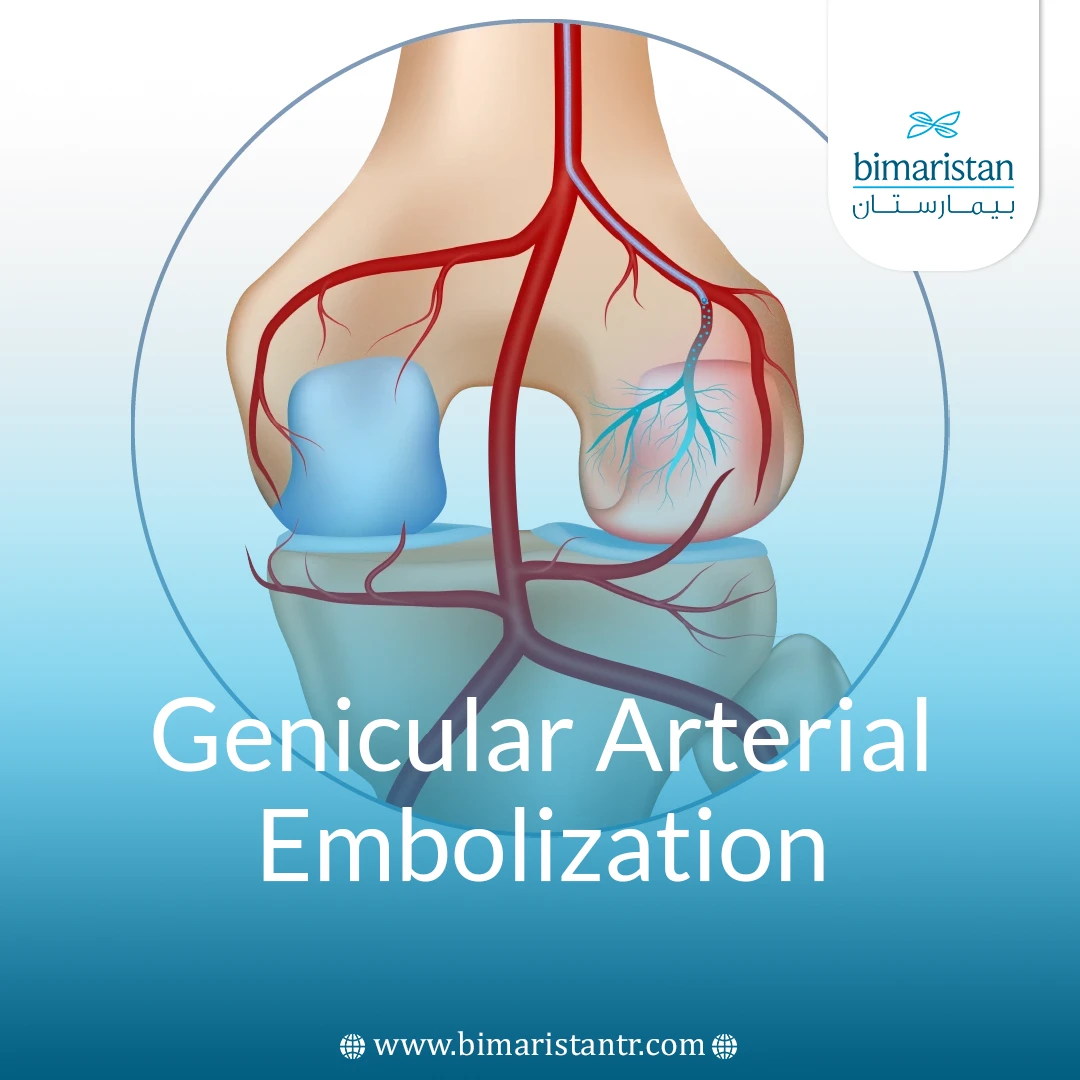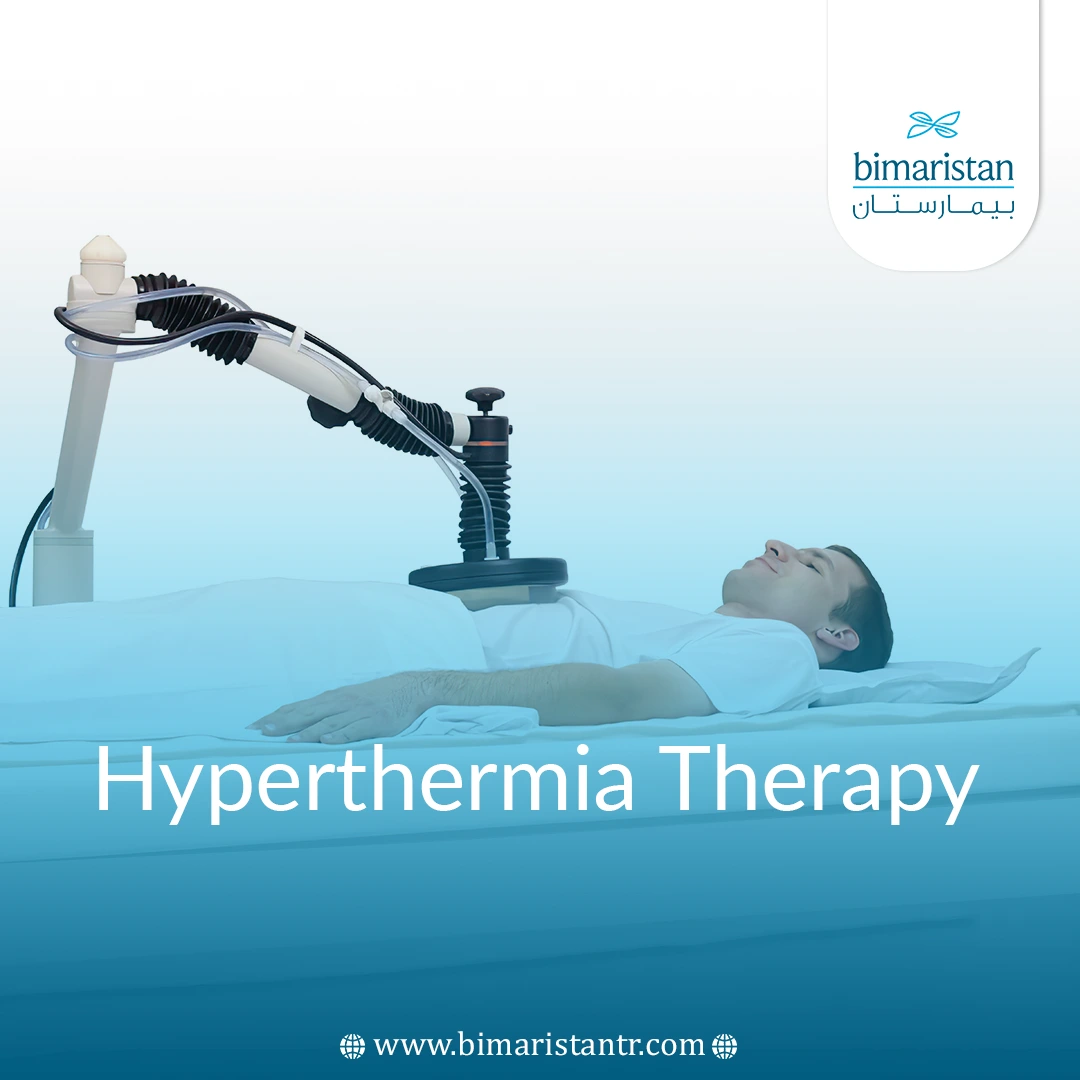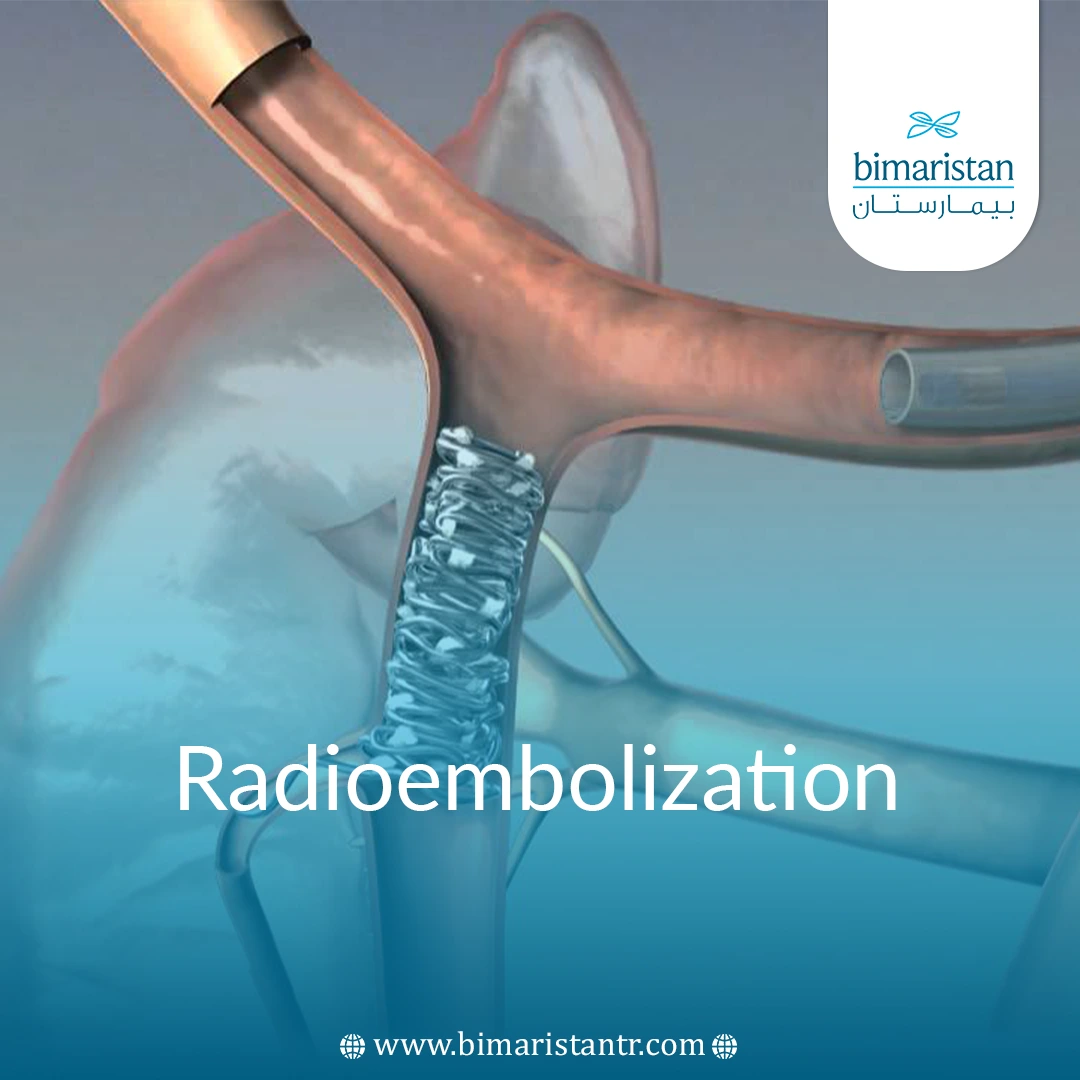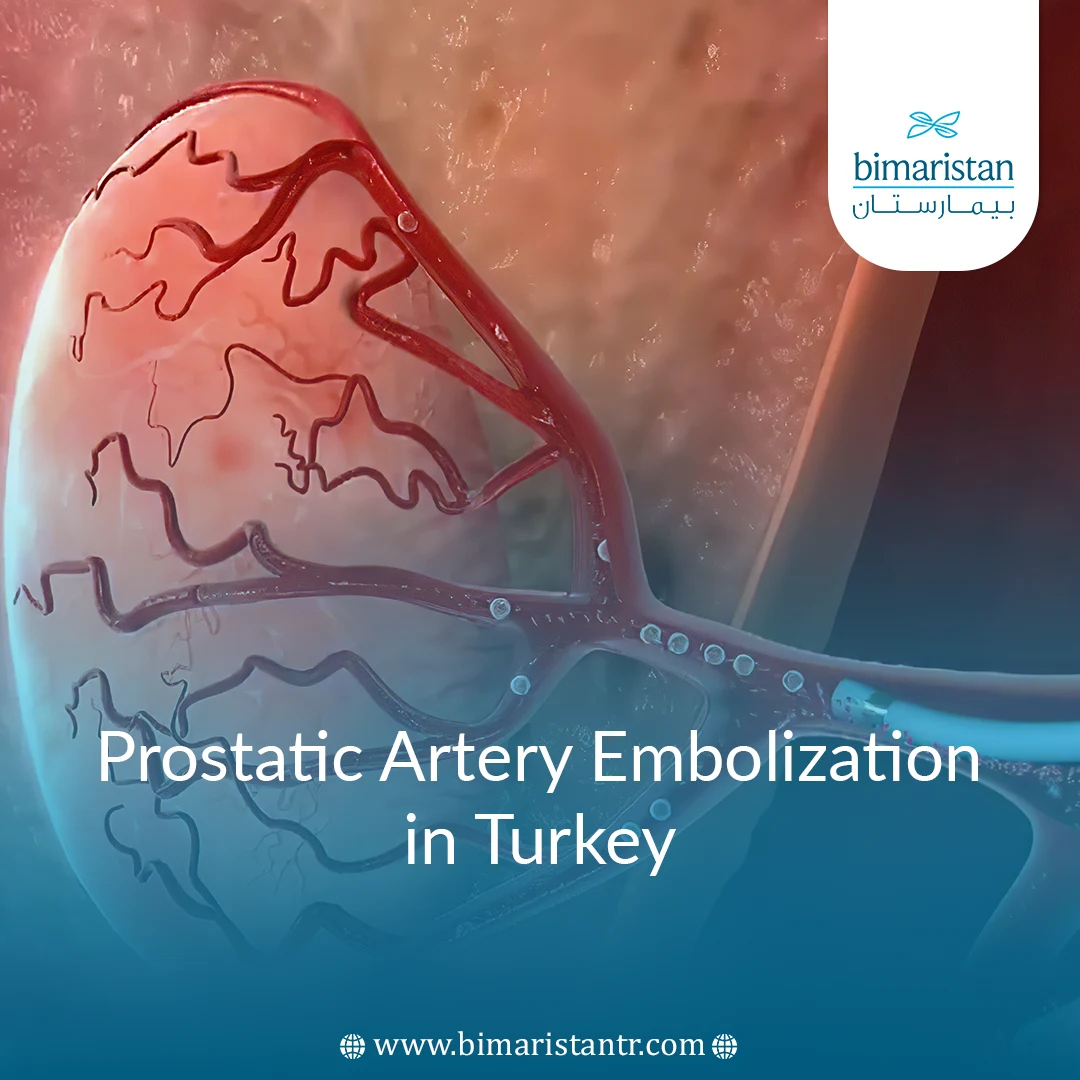
Radiology
interventional neuroradiology
interventional radiology
radiation oncology radiology
The study and practice of radiotherapy in Turkey began in 1897, just two years after the discovery of X-rays. A simple X-ray machine was built in Istanbul, consisting of a Crookes tube, a Rühmkorff coil and a locally made battery. This machine was first used on wounded soldiers for diagnostic purposes. The first report of the therapeutic use of X-rays in Turkey was published in a national journal in 1904. By 1933, the most advanced radiotherapy equipment of the time was installed in every major city in the country. Innovative radiotherapy techniques such as interventional radiotherapy were also experimented with in the 1930s. Today, there are 45 radiotherapy centers in Turkey, with 400 radiation oncologists and 80 medical physicists working there.
In line with technological changes, the rapid developments in the tools and equipment used in radiotherapy services in Turkey require the workforce to update their skills and knowledge in the profession every day. For this reason, the radiotherapy program in Turkey’s centers and hospitals is designed in accordance with the current technological developments and the ever-increasing competitive environment.
Radiotherapy in Turkey for Tumors and Cancer
Cancer cells grow and divide faster than most normal cells. Radiation works by making tiny breaks in the DNA inside cells. These breaks stop cancer cells from growing and dividing and cause them to die, nearby normal cells can also be affected by radiation, but most recover and go back to working the way they should.
While chemotherapy and other oral or injected treatments typically expose the entire body to anti-cancer drugs, radiation therapy is typically a localized treatment, meaning it targets and affects only the part of the body that needs treatment.
Radiotherapy in Turkey is planned to damage cancer cells while causing as little damage as possible to nearby healthy cells.
Radiotherapy in Turkey uses high-energy particles or waves such as X-rays, gamma rays, electron beams, or protons to destroy or damage cancer cells.
More than half of all cancer patients receive radiation therapy in Turkey, radiotherapy may be the only cancer treatment needed and is sometimes used in combination with other types of treatment.
The decision to use radiation therapy depends on the type and stage of cancer and other health problems the patient may have.
The latest types of radiotherapy in Turkey for tumors and cancer
Radiotherapy in Turkey is one of the most powerful tools we use to treat cancer. Radiation therapy can be used alone or in combination with other treatments, such as surgery or chemotherapy.
There are two main types of radiation therapy: external beam radiation therapy (EBRT) and internal radiation therapy. Both work by damaging the DNA of cancer cells. Cancer cells die and the tumor shrinks without the DNA instructions that tell them to grow and multiply.
External beam radiation therapy (EBRT)
External beam radiation therapy (EBRT) is the most common type of radiation therapy. A machine directs high-energy beams of radiation at the tumor. The energy may be X-rays (most common), electrons, or protons.
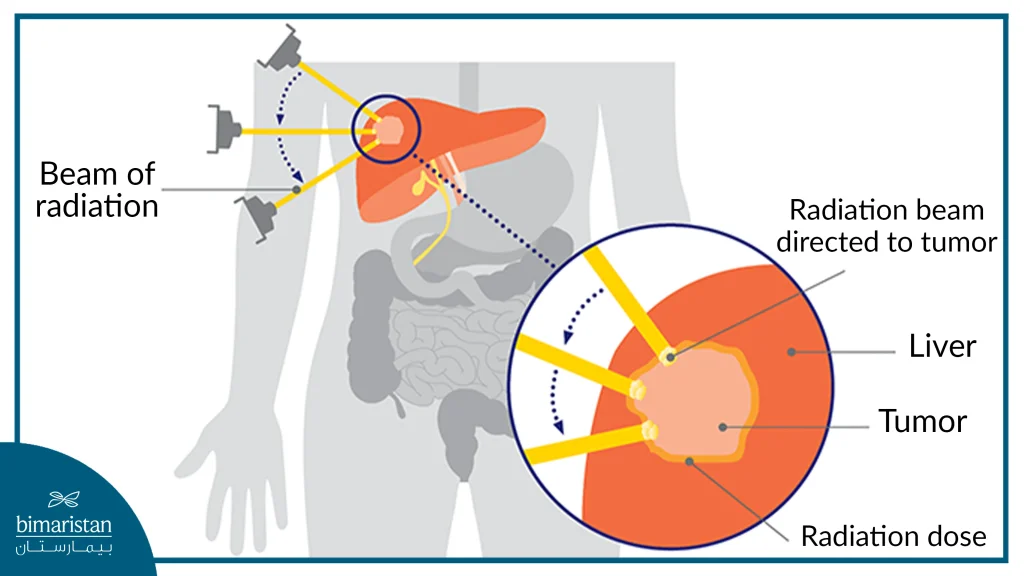
Precision is important in EBRT to target the tumor with radiation while sparing healthy tissue.
There are several forms of EBRT:
Three-dimensional harmonic radiation
It is a more advanced form of radiation therapy, as IMRT uses multiple radiation beams that vary in dose intensity. It delivers a higher radiation dose to the tumor and lower doses to healthy tissue.
Volumetric Modulated Arc Therapy (VMAT)
It is a form of IMRT that directs energy beams of varying intensity in a rotating arc-like pattern. This method delivers radiation more quickly than traditional IMRT.
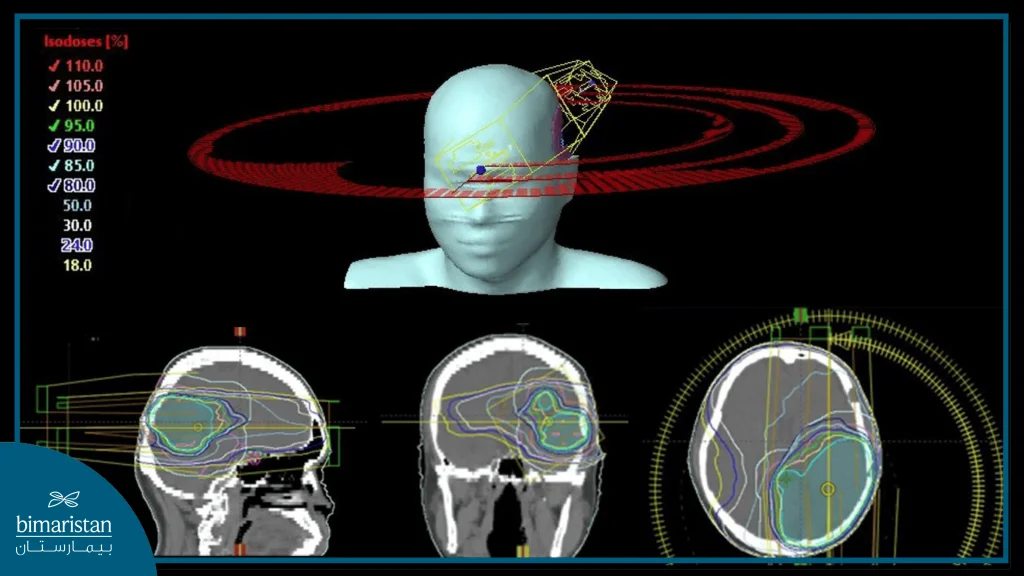
Image-guided radiation therapy (IGRT)
It is a form of EBRT where the radiation machine receives a low dose of X-rays or a mini CT scan before each treatment. This image helps align the treatment site, resulting in more precise radiation delivery.
Molecular therapy
Radiation therapy that uses protons instead of photons (X-rays) is used. Protons can deliver the same dose of radiation to the tumor and reduce the radiation dose to healthy tissue.
Stereotactic body radiation therapy (SBRT)
Stereotactic body radiation therapy (SBRT) uses high doses of focused radiation to destroy tumors outside the brain, eliminating tumors with surgical precision but without actual surgery.
Intraoperative radiation therapy (IORT)
The radiation beam reaches the tumor during surgery, meaning that after the tumor is surgically removed, IORT destroys any remaining cancer cells that cannot be safely removed surgically.
Internal radiation therapy
Internal radiation therapy delivers radiation directly into the body near cancer cells. It treats small tumors in the head, neck, breast, cervix, uterus, or prostate.
Internal radiation can be received by a solid or liquid source:
- Internal radiation therapy implants a solid radioactive source called a “seed” into or near a tumor. The source releases radiation to a small area to kill cancer cells. Some seeds release low doses for long periods (weeks), while others may release high doses for shorter periods (minutes). Some seeds used in brachytherapy are temporary, while others stay in the body forever but stop releasing radiation.
- Systemic therapy sends a liquid radioactive substance through your bloodstream to find and destroy cancer cells. This substance can be swallowed by mouth or given as an injection through a vein (IV). It includes radionuclide therapy (radioimmunotherapy), in which a radioactive protein recognizes and attaches to certain cancer cells and releases radiation to kill them.
Radiation therapy for benign tumors
There are benign conditions that are treated with radiation, and these conditions include:
- Desmoid tumor
- Schwannoma
- .Meningioma (tumors of the lining of the brain)
External radiation therapy may be used to treat benign conditions, such as stereotactic body radiation therapy (SBRT), photon radiation therapy, or proton radiation therapy.
Radiocoagulation
Radioembolization (also known as selective internal radiotherapy) is a cancer treatment in which radioactive microsphere particles are introduced into the tumor via a catheter that is inserted through the bloodstream. This method is used to block the vessels that feed the tumor, and the radioactive particles settle in the tumor, emitting radiation that kills cancer cells. It is one of the methods of treating cancer using interventional radiology.

Regular follow-up and care after radiotherapy in Turkey
Once you have completed your course of radiotherapy in Turkey, regardless of the type of cancer you have, you will need regular check-ups and possibly tests and x-rays to determine how well the treatment is working and whether you need further treatment. The radiotherapy team in Turkey provides information and advice about your recovery when your course of radiotherapy is over, as well as how to manage any side effects.
The doctor who referred you for radiotherapy in Turkey will schedule follow-up visits as needed. During follow-up, your doctor may recommend additional radiation therapy for cancer and rehabilitation, depending on how your body responds to radiation therapy. Patients should return to their radiation oncologist for regular follow-up visits, and others are referred to their primary care doctor, a surgeon, or an oncologist. The type of follow-up care you need depends on the type of cancer you have and other treatments you have had in the past.
Cost of radiotherapy in Turkey
The cost of radiotherapy in Turkey ranges from $100 to $300 per session, and varies depending on the type of treatment and the number of sessions required. This cost is considered a modest amount compared to the costs of radiation therapy in America and some European countries.
